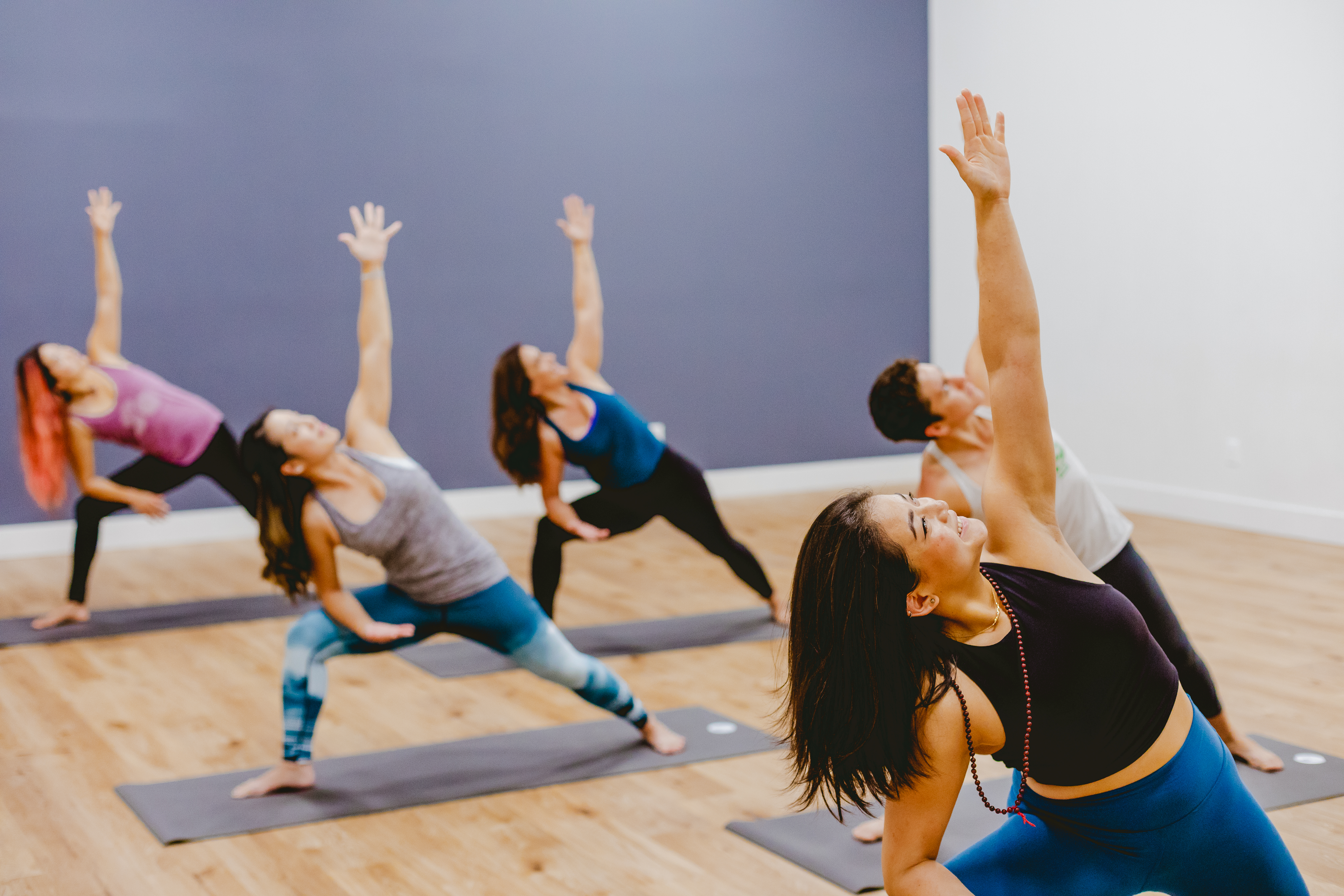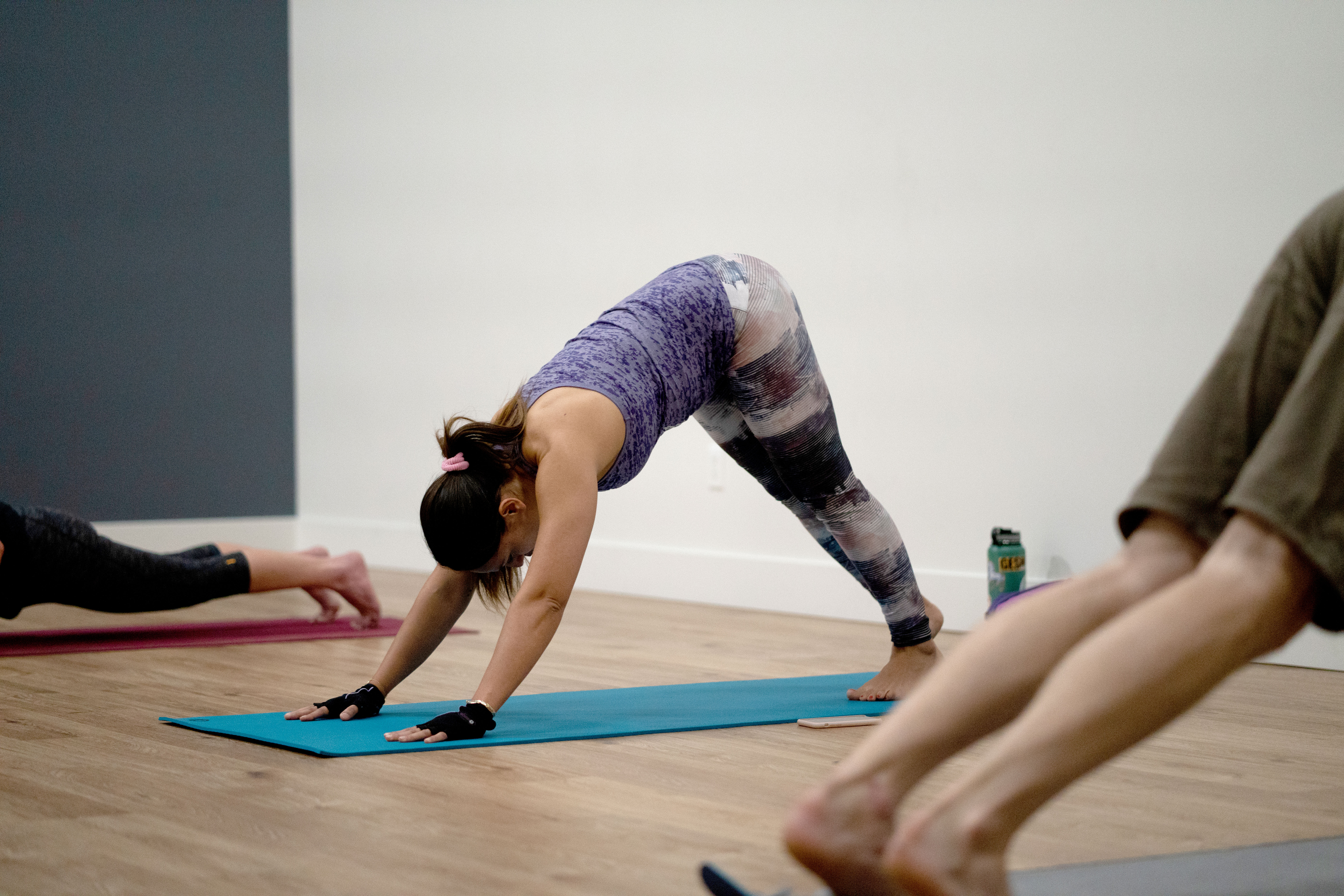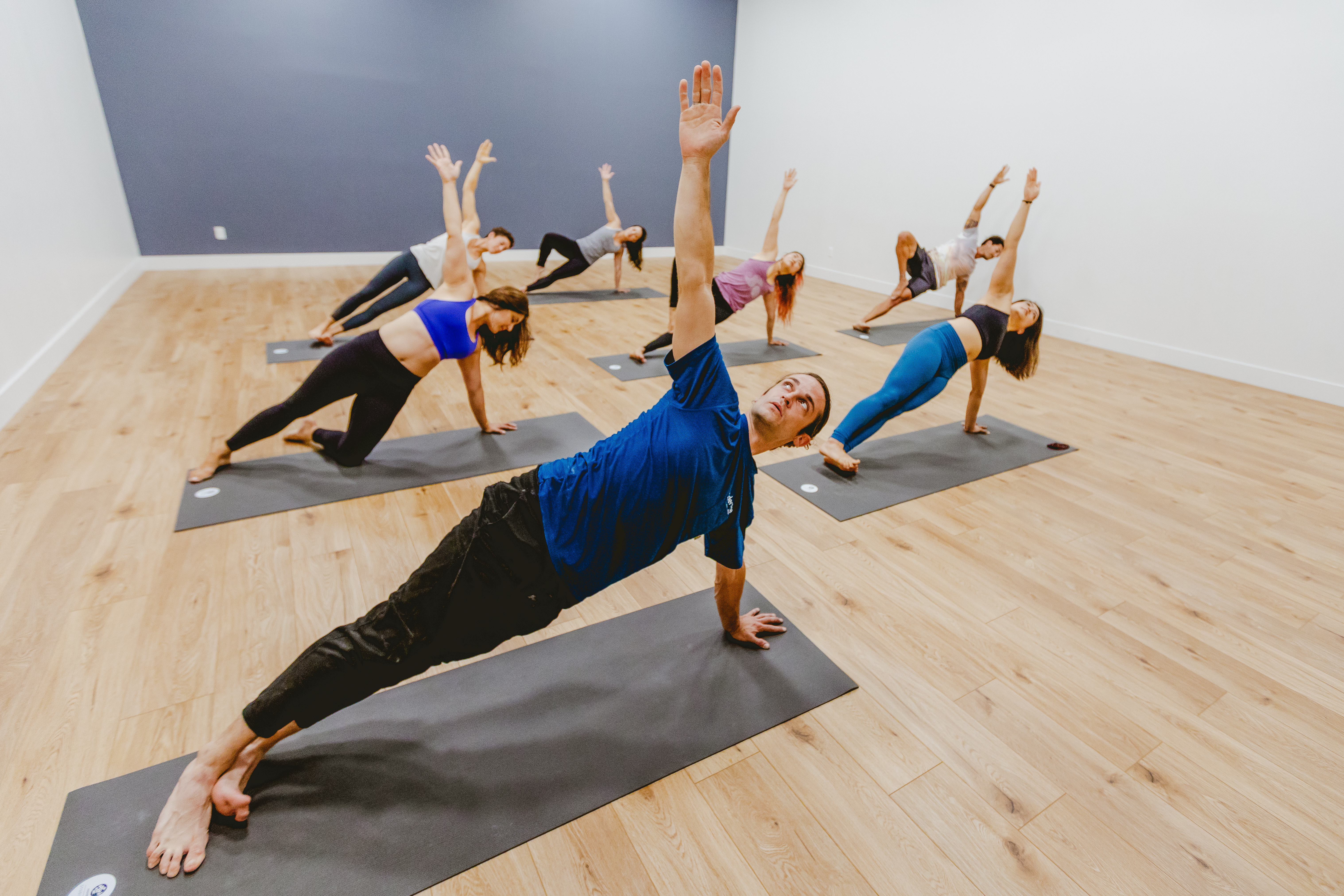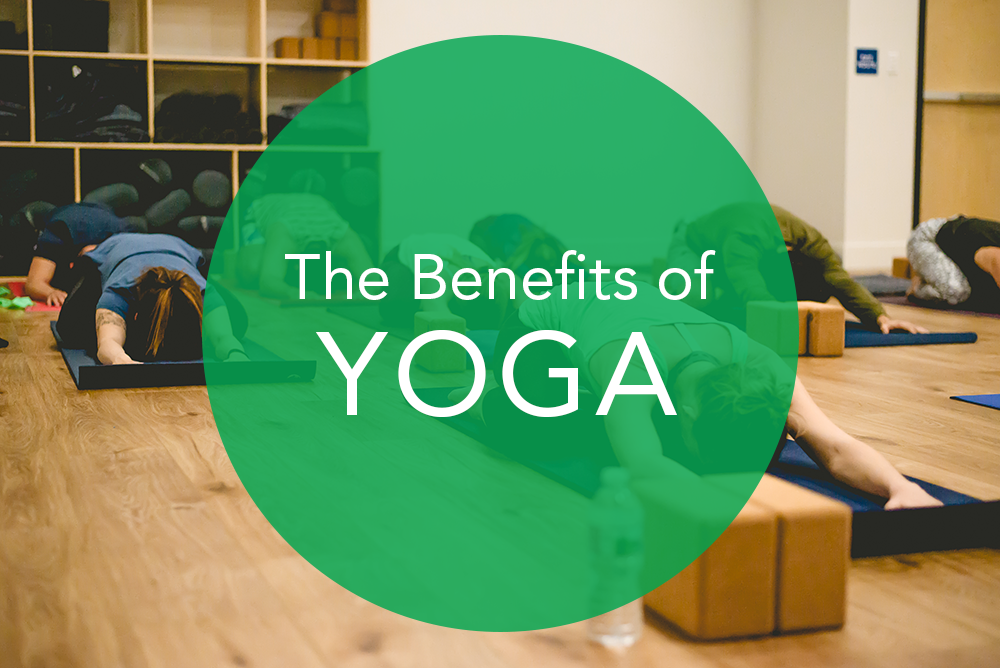With all of the conflicts and stress in today’s world, there is no better time to find an avenue or process to combat these negative energies. Millions of people across the world have turned to yoga to do just that. While some consider yoga as just another exercise routine, those who teach and practice it faithfully know that it is much more.
Derived from the Sankrit word "yuj" which means "to unite or integrate," yoga is a 5,000+ year old Indian body of knowledge. Yoga is recognized as a form of mind-body medicine that integrates an individual's physical, mental, and spiritual components to improve aspects of health, particularly stress related illnesses. It’s all about creating a mind-body-breath harmony through various breathing exercises, yoga poses and meditation. While there are many types of yoga, one of the most popular styles is Hatha yoga, which focuses on pranayamas (breath-controlled exercises), followed by a series of asanas (yoga postures), which end with savasana (a resting period).
Besides the physical benefits of taking yoga classes, a multitude of studies have been conducted throughout the years showing the positive effects yoga can have on many other challenges of today’s world.
Benefit #1: Yoga can help manage stress and depression
Numerous studies establish the potential positive effects of yoga on depression, stress, and anxiety. While there are many therapeutic avenues available for stress and depression, consistent yoga practice has been shown to improve depression as well. Yoga can lead to significant increases in serotonin levels, paired with decreases in the levels of monoamine oxidase, an enzyme that breaks down neurotransmitters and cortisol and is used in the treatment of depression. A 2010 study showed that women who practiced yoga recovered from stress more quickly than women without a regular practice. Studies show yoga offers tremendous benefits in the area of stress relief, which helps in all other areas of the body. The chemicals and hormones that are associated with a physical and mental sense of well-being and happiness, including antioxidants, were increased in all subjects in studies. Stress is often called the “silent killer” as it can lead to high blood pressure, heart disease, and a lowered immune system. Yoga is an effective stress killer.

Benefit #2: Yoga can help reduce disease
Becoming more flexible is one of the most obvious benefits of yoga. Sure yoga poses are great to strengthen and relax the body, but there's a lot more to yoga than that. Researchers studied a small group of sedentary individuals who had not practiced yoga before. After eight weeks of practicing yoga at least twice a week for a total of 180 minutes, participants had greater muscle strength and endurance, flexibility and cardio-respiratory fitness. Yoga is proven to reduce disease, illness, and pain. Here are some examples of yoga's impact on reducing common diseases:
Heart Disease
Yoga now might be considered a good alternative to common cardiovascular exercise, like walking and biking. It is now being included in many cardiac rehabilitation programs due to its cardiovascular and stress-relieving benefits. Recent research checked out 42 studies that investigated yoga in relation to a cardio-vagal response. One conclusion of this study was that those who practice yoga regularly had lower heart rates, respiratory rates, and lower concentrations of cortisol. All groups in these studies, whether they had hypertension or not, had improvements in their adrenal gland secretion which, in turn, lead to a drop in blood pressure. There have been several studies that found yoga to have a positive effect on cardiovascular risk factors, helping to lower blood pressure in people who have hypertension. It's likely that yoga restores the mechanism that regulates blood pressure changes, called baroreceptor sensitivity. Yoga may also help keep both your heart rate and your blood pressure lower.
Blood Oxygen
The poses that are the staple of yoga exercise improve your body’s cell function by allowing more oxygen to reach them through an increased blood flow, hemoglobin, and red blood cell levels. Yoga also thins the blood which can decrease the risk of heart attack and stroke caused by blood clots. Twist yoga poses like Noose Pose, Half Lord of the Fishes Pose, and Revolved Triangle Pose not only help relieve lower back pain and aid digestion, they deplete low-oxygen venous blood from your internal organs and allow more oxygenated blood to flow back in when you release the twist. The popular inverted Downward Facing Dog and Dolphin poses encourage that same venous blood flow from the legs and pelvis back to the heart and then lungs where it gets fresh oxygenation. Many studies show yoga lowers the resting heart rate, increases endurance, and can improve the maximum uptake and utilization of oxygen during exercise.
Diabetes
Another study found that practicing yoga improved lipid profiles in healthy patients, as well as patients with known coronary artery disease. It also lowered excessive blood sugar levels in people with non-insulin dependent diabetes and reduced their need for medications.
Cancer
The growth of tumors and other cancer indicators are intensified by stress, making it important for people who are diagnosed with cancer to reduce and manage stress effectively. In a 2017 study, researchers from the University of Rochester found that cancer patients who practiced yoga showed at 37% reduction in ‘daytime dysfunction.’ In a different study, researchers found that cancer patients who practiced yoga in addition to exercise were nearly twice as likely to report improved mood (66% versus 34%). And they also reported less difficulty with general activities (59% versus 41%). In 2014, a clinical trial determined that women who practiced yoga during radiotherapy for breast cancer were able to control stress hormones and had a much better quality of life. Additionally, yoga had a positive influence on sleep patterns in individuals with lymphoma.
Arthritis/Inflammation/Back Pain
For people of all ages, building and maintaining muscle mass can protect you from arthritis, osteoporosis, and back pain. Yoga helps loosen the muscles and connective tissues around your bones and joints, helping to reduce pain. In one six-month study on back pain, people reported significantly less disability, pain, and depression than those who sought standard care. Another study, performed at Ohio State, showed that women who practiced yoga on a regular basis for at least two years had significantly lower levels of inflammation than women who only recently took up yoga. Numerous studies have shown that asana, meditation, or a combination of the two, reduced pain in people with arthritis, carpal tunnel syndrome, back pain and other chronic conditions.

Benefit #3: Yoga Can Increase Self-Confidence
One of the primary objectives of yoga is to obtain a tranquil mind and build a feeling of well-being and relaxation that leads to increased productivity, concentration, and an optimistic outlook on life. All of these objectives lead to an improved self-confidence. From a medical standpoint, yoga actually inhibits the posterior or sympathetic area of the hypothalamus in the brain which increases your ability to deal with stress. It also curbs the areas of your brain accountable for fear, hostility, and anger, and stimulates the rewarding pleasure centers in the medial forebrain and other areas leading to a state of happiness and pleasure. This inhibition results in lower anxiety, heart rate, respiratory rate, blood pressure, and cardiac output in people practicing yoga and meditation.
The breathing component of yoga as you concentrate on challenging poses or reflect on your personal wants, needs, and beliefs in life is perfect for developing your personal focus and creating a clear mind that can strengthen your self-confidence. Yoga has the power to help you concentrate on opening a deep connection with your inner self. It is therefore common to have an increased level of self-awareness, which can be a stimulant to discovering your untapped potential.
Even the poses, such as standing up straight, holding your head high, and looking forward have an immediate positive impact on self-confidence while it improves your posture.
Confidence is basically a synonym for inner peace and happiness. When you’re at peace, you’re happy — and when you’re truly happy, you can become unwavering in your new self-confidence.
Benefit #4: Yoga can help reduce insomnia
There can be a myriad of reasons you either have trouble falling asleep or staying asleep. Yoga can help. Yoga's ability to increase relaxation and induce a balanced mental state was studied to evaluate its effect on sleep quality and improving insomnia. According to studies, those who regularly practiced yoga fell asleep faster, slept longer, and felt more rested when they awoke.

Benefit #5: Yoga assists in weight loss & management
Oftentimes we are so busy thinking about our spouse, our children or parents, our friends, our work, our personal lives, and everything else that makes up our busy lives, we don’t take time to just be present. Yoga offers a place, time and activity to stop and improve our mindfulness - a time when we can concentrate on the present moment without judgement and be more in-tune with our bodies. This mindfulness has been shown by researchers to help with the physical and emotional awareness associated with eating including:
- Eating even when full
- Being aware of how food looks, tastes and smells
- Eating in response to environmental cues, such as the sight or smell of food
- Eating when sad or stressed (emotional eating)
- Eating when distracted by other things
Researchers concluded that those who engaged in yoga were more mindful eaters and that their mindfulness increased with both the years they had been practicing yoga, and the amount of time spent practicing per week.
In a different study, researchers found that people gained less weight during middle adulthood if they practiced yoga for a minimum of 30 minutes once a week for at least four years. People who were already overweight actually lost weight. Overall, those who practiced yoga had lower body mass indexes (BMIs) compared with those who did not practice yoga. Researchers attributed this to mindfulness. Mindful eating can lead to a more positive relationship with food and eating.
Get your yoga on at Sender One
Practicing yoga leads to a host of benefits - physically, mentally and spiritually - that can enhance your overall well-being and quality of life. That’s why your your favorite climbing gym offers a variety of yoga classes at both Los Angeles and Santa Ana! We offer daily yoga sessions for all levels - beginner to advanced. With expert class instructors and many different types of classes to choose from you’re sure to find one that is just right for you. For more information, stop by gym at LAX, or come to the new Santa Ana Yoga Studio! Namaste!

